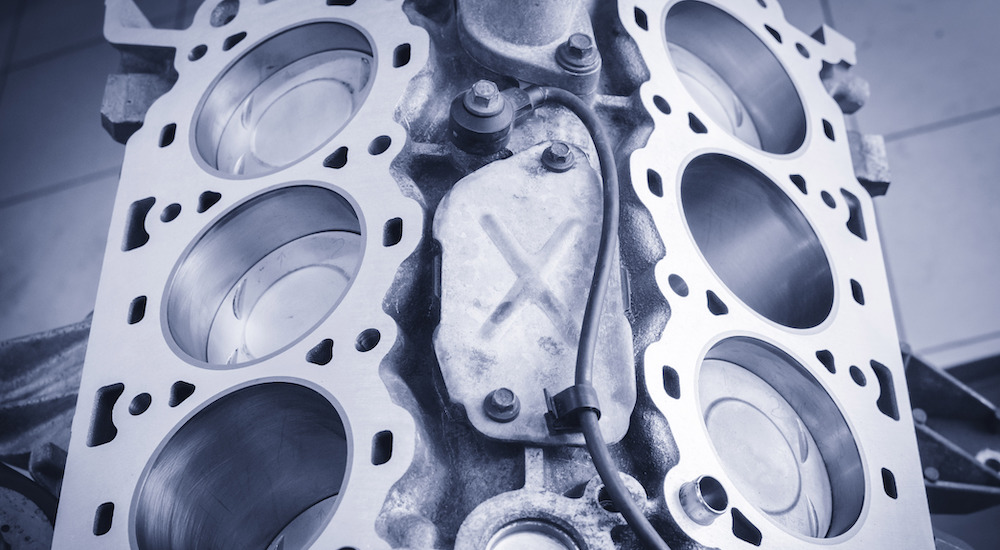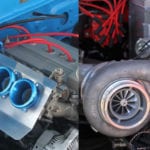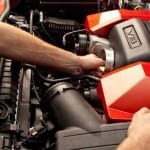Whether it’s because of a more environmentally-conscious approach, advancement in technologies, the need for better fuel economy in vehicles, or simply a different generation of automakers with a different way of thinking — the future of the naturally aspirated engine is looking rather bleak. It’s downfall began when turbocharging technology first came on the automotive scene, and it’s downward-spiraled from there. Now on the cusp of 2017, it seems there are more turbochargers tossed into multiple cars across the board every six months, with the naturally aspirated engine almost always taking a backseat.
Let’s take a quick look at what a naturally aspirated engine is, and then discuss its current — and future — decline further.
Naturally Aspirated Engines
Way back in the day, the only way to start an engine was with a large crankshaft, rather than a key or transponder. You had to wind up said crankshaft by hand, using a removable crank handle, which could be a real ball-buster (in both the painful literal and figurative sense) to get started.
Therefore, the internal combustion engine took over, which is the naturally aspirated engine.
In a nutshell, a naturally aspirated engine is an internal combustion engine where air intake depends on atmospheric pressure. That means no forced induction through a turbocharger, and no direct-injection.
In layman’s terms, an engine is a giant air pump. The more air you can put into it, the more fuel you can use. More air and fuel, plus a spark, means a much bigger boom, which is why forced induction has become so popular as of late. It’s all about increasing the horsepower.
Is it Dying for the Common Car? Most Likely. Sports Cars? Probably Not.
However, not all is lost for the naturally aspirated engine. While it seems to be dying out in most of your common cars on the road — especially from automakers over in Europe — it’s probably going to be kept afloat as long as sports cars are around. Why? Because while getting more air into the engine for more power is nice, turbochargers and superchargers suffer from something called turbo lag. Turbo lag is the hang-time you experience with a turbocharged engine when you stuff your foot into the pedal to accelerate.
For sports cars, this shaves a second or two off their performance times. which is a big no-no in the racing world. Naturally aspirated engines don’t experience this turbo-lag, and therefore you get the torque sent to the wheels quicker. Combine that with their ability to be easily modified, not to mention their reliability, and we’ll probably see them sticking around in sports cars at the very least.
If you need power beyond what’s available with your current engine, all you need to do is install longer cylinders and change the stroke length. The stroke length of your cylinders determines the amount of air that can get into an engine. Therefore, longer cylinders means more air pulled in and pushed up for combustion. This simple way of efficiently getting more air into the engine is also another advantage they have over turbo-charged engines. Obviously, you’ll need to make other modifications to increase horsepower gains and compensate for longer cylinders. But, that’s the gist of it.
Final Verdict
Final verdict — will naturally aspirated engines be disappearing anytime soon? No. Are they slowly declining? Yes, they are. But like I said, as long as sports and muscle cars are still being produced, you’ll have naturally aspirated engines.
Then again, this is more speculation on my part. If the hybrid and electric car market takes off, we could very well see an end to the naturally aspirated engine sooner rather than later.



